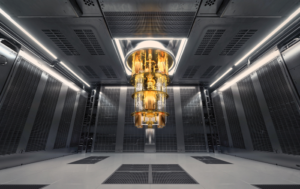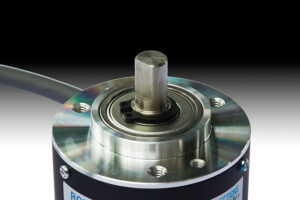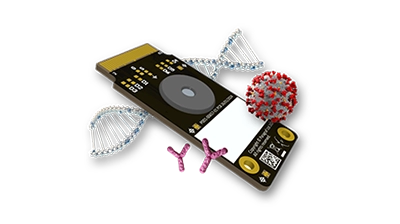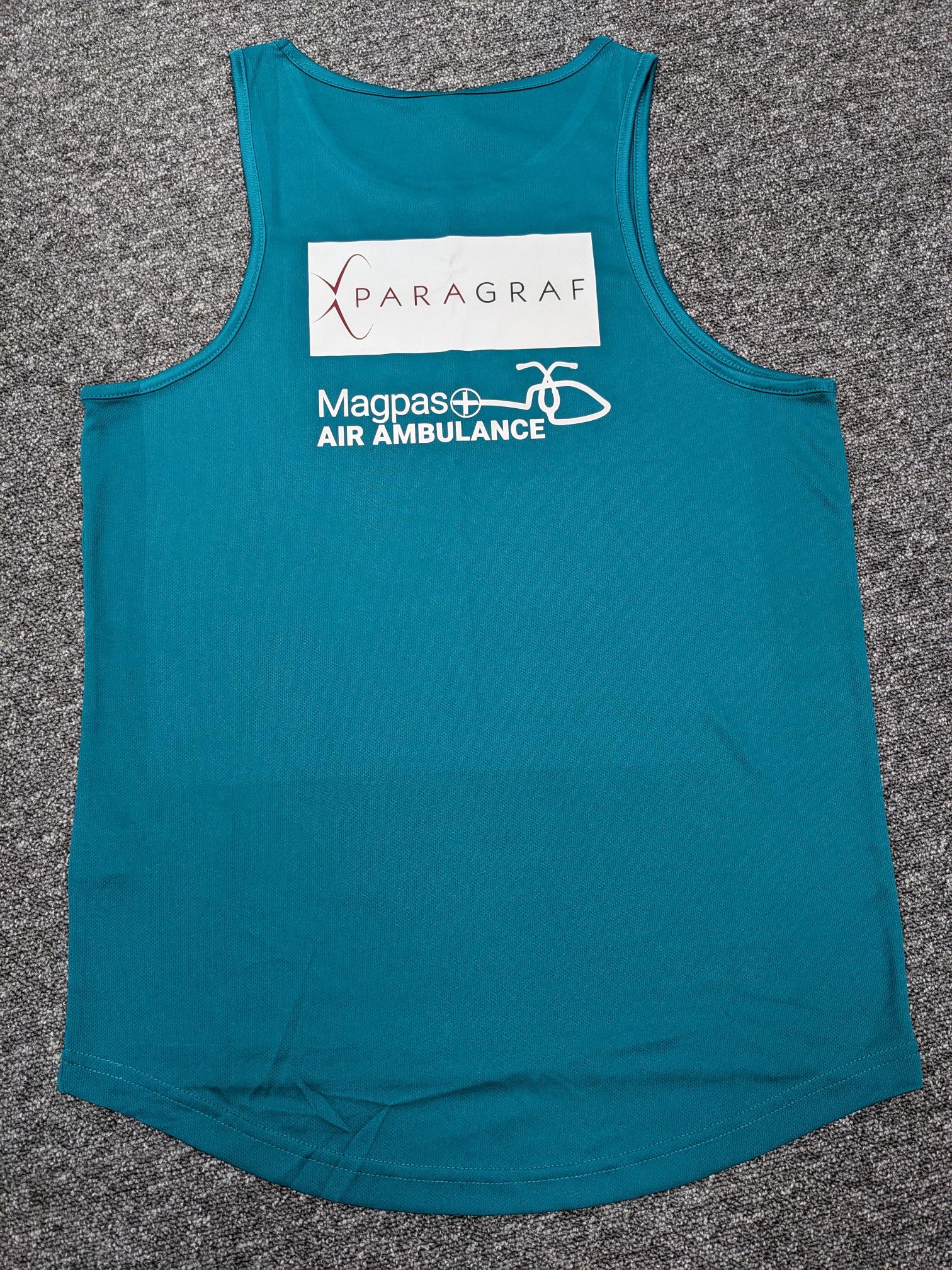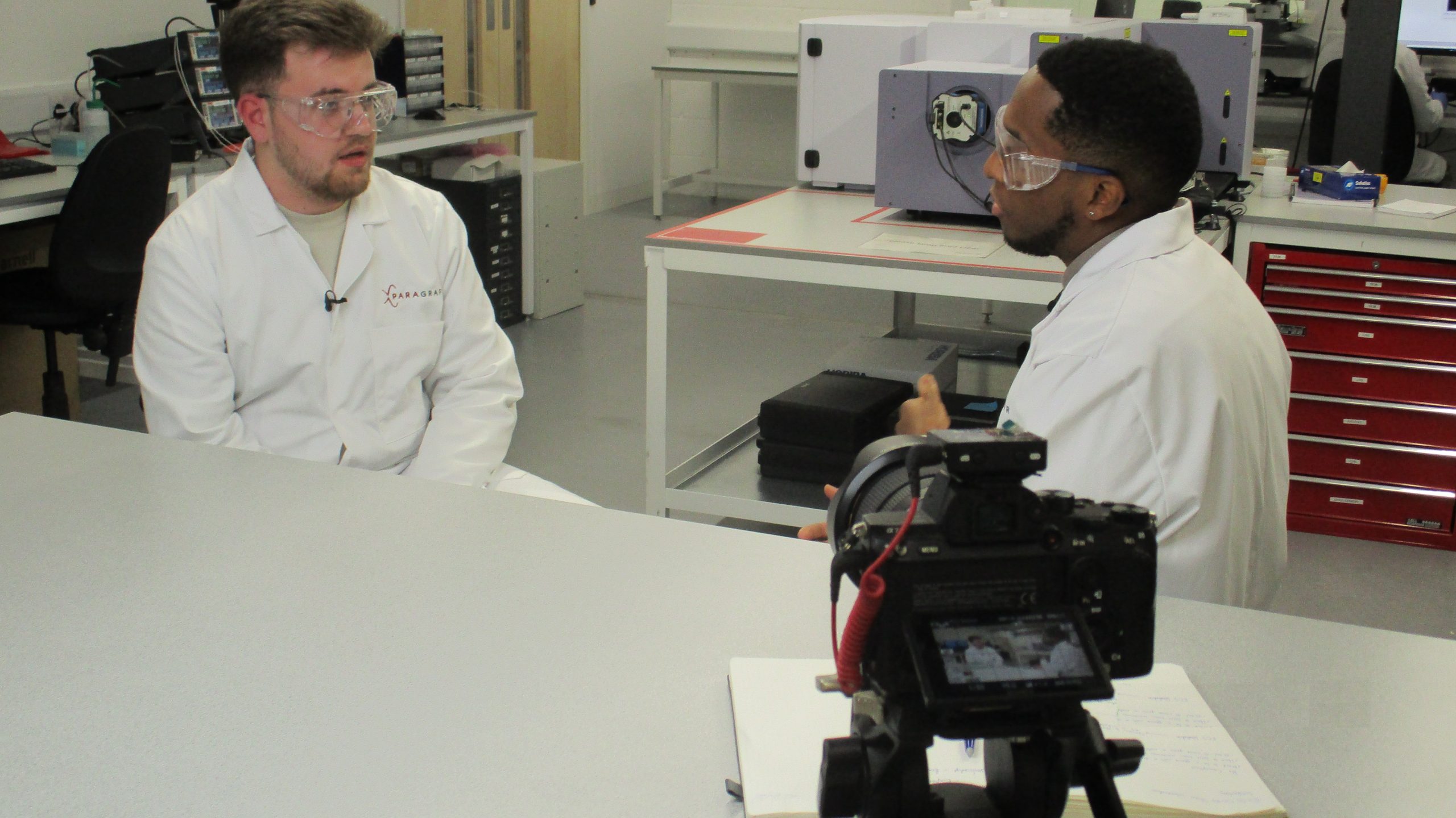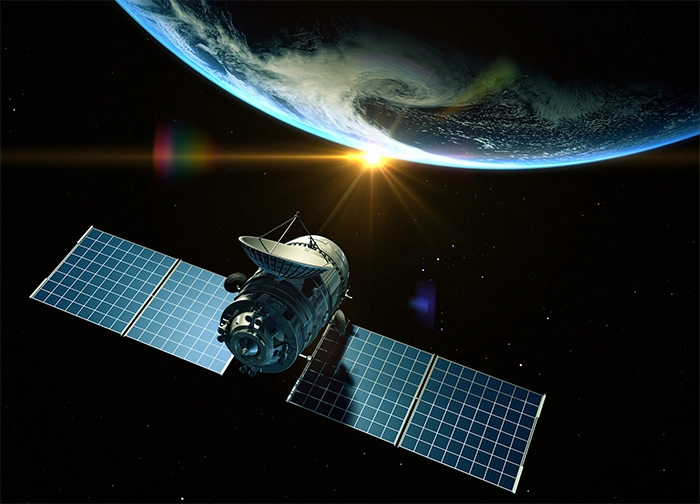
In the first three blogs of this series (part 1, part 2 & part 3), we focussed our attention on how Paragraf’s cryogenic graphene Hall sensors (GHS) are uniquely positioned to enable quantum computing. In this article, we would like to discuss some additional applications for which our cryo sensors can provide solutions.
Superconducting magnets
We covered superconducting magnets in our last blog post but these magnets have additional applications of their own outside of quantum computing. These magnets are cooled to cryogenic temperatures in order to reduce electrical resistance and allow for high electric currents with minimal energy loss. Some superconducting applications include:
- Magnetic Resonance Imaging (MRI) – MRI require superconducting magnets, operating at cryogenic temperatures, to produce the high magnetic field strength that enables detailed imaging of soft tissues. As we noted in a previous article, Paragraf GHS provide improved mapping of MRI fields.
- Particle Accelerators – Particle accelerators, such as synchrotrons and cyclotrons, use superconducting magnets to propel protons, electrons and ions at high speed for a range of scientific research applications.
- Fusion Energy Research – Tokamaks and other fusion reactors use superconducting magnets operating for plasma confinement and fusion reactions.
- Magnetic Levitation (Maglev) Trains – Maglev systems use superconducting magnets to propel trains along the tracks, allowing for frictionless and energy-efficient transportation.
- NMR Spectroscopy – NMR spectrometers are used in a variety of scientific applications to study the behaviour of molecules at the atomic level.
Aerospace applications
The best-available estimate for the temperature of outer space is 2.7 K (~-455° F/-270° C)[1]. It is worth noting that this isn’t a uniform measurement. In fact, sun-facing sides of objects in space have measured temperatures at ~121° C[2]. Nevertheless, outer space is generally an extremely cold environment. With increasing space exploration – and at the dawn of commercial space travel – the need for electronic devices that operate reliably at such extremely low temperatures will increase enormously.
Paragraf’s cryogenic GHS boast a range of benefits that make them the appropriate solution for the above operations, and many low-temperature applications. Among these benefits are:
- Linearity up to 30T
- Operable at mK
- Low form factor (3 x 3 x 1.2mm ceramic QFN package)
- Reduced noise from stray fields
- Very high resolution
As research and exploration applications grow over the coming decades, demand for cryogenic magnetic sensing devices will expand accordingly. Paragraf is already providing those solutions with our cryogenic GHS. Contact us directly to discuss how Paragraf can provide cryo sensor solutions for your business. In the meantime, please sign up for our mailing list using the below form to keep up with the exciting developments Paragraf is bringing to the world of graphene-based electronic devices.
[1] Cosmic Microwave Background Anisotropy – UCLA
[2] Temperature of Space: What is the Temperature in Space? – ScienceABC

